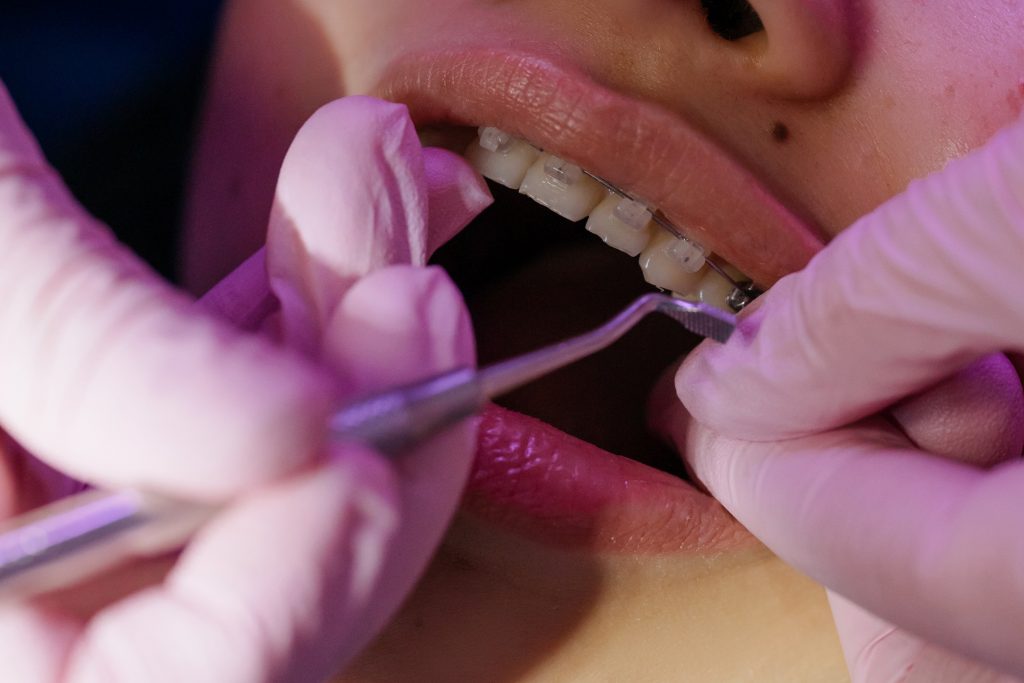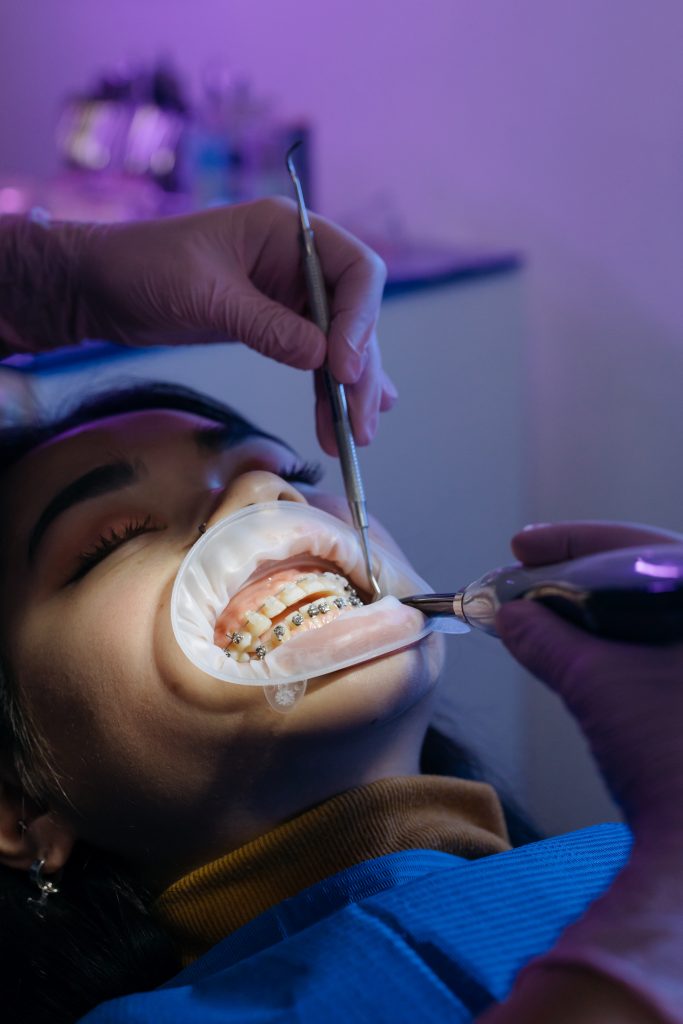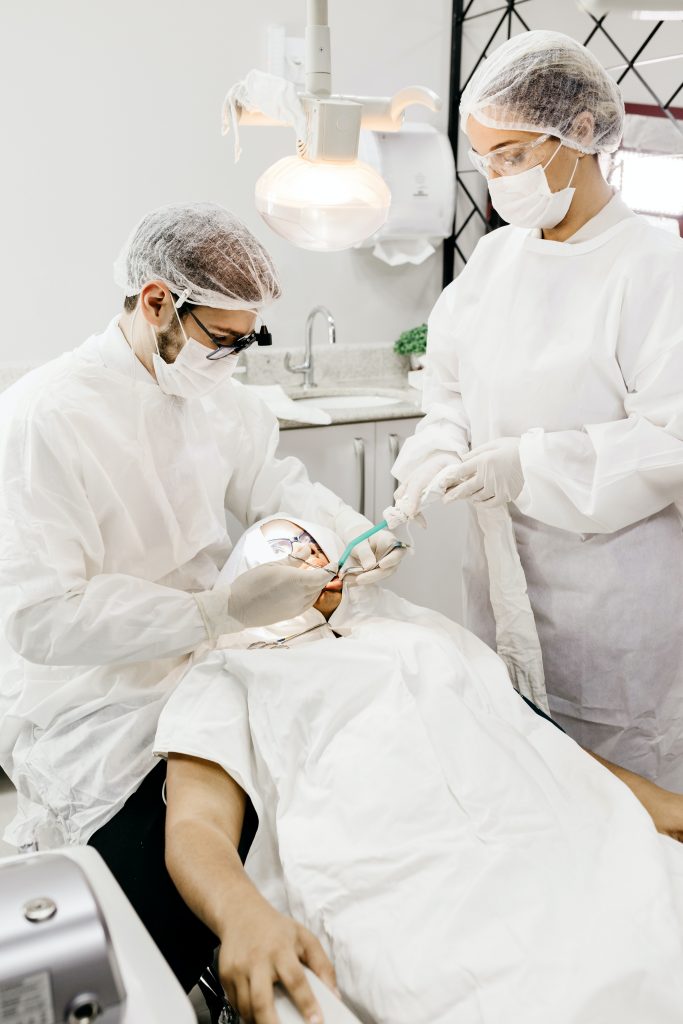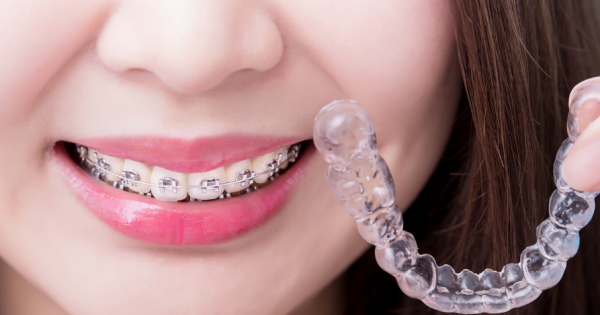Implantology is developing rapidly in dental surgery practices. This technology constitutes a major innovation for the patients, but requires, for the practitioner, to finance specialized radiological equipment.

The benefits for the patient and the dentist
A dental implant is a titanium oxide or zirconia screw that is inserted into the jawbone and which serves as a support for a future artificial tooth. The implant treatment avoids the use of a removable prosthesis or makes it possible to eliminate an already existing removable prosthesis that is poorly tolerated, and avoids crowning the teeth adjacent to the edentulous area, as must be done when a traditional bridge is made.
The implant is the only way, for the patient, to find fixed and permanent natural teeth, with an irreproachable quality. For the dental surgeon, implantology thus makes it possible to meet growing customer demand for comfort and aesthetics.
However, the success of this method depends on the quantity and quality of bone existing at the time of implantation. Before any implant placement, it is therefore necessary to carry out a very precise radiological examination.
Note: the placement of implants requires, for the practitioner, the follow-up of specialized postgraduate training.
The materials to be provided
In addition to specific instrumentation, cements, ceramics, etc., the dental scanner or the cone beam 3D volume tomograph is the main investment to be made in order to equip oneself in implantology. Indeed, the traditional dental panoramic device is not always sufficient, and a volumetric study is very often essential for a fine and detailed study of all the dental arches in the different planes of space.
With the dental scanner , the dental surgeon can obtain the same type of images as with a traditional scanner and visualize the whole of the two jaws in three dimensions. He can therefore check the height and width of the available bone. The 3D images are analyzed by dedicated software, so as to very precisely define the location of future implants. After the procedure, the practitioner can also immediately check the position of the implants. These indications make it possible to better predict the post-operative consequences, and therefore to reduce the risks.
A cone beam type digital tomograph gives the same results, but uses a different technology. It is a sectional technique that gives an image of the entire maxillofacial complex or a complete or limited exploration of the maxillomandibular and dentoalveolar structures. Unlike the traditional scanner, this device works not with a thin x-ray beam, but with an open, conical beam, which allows it to scan the entire volume to be radiographed in one go. Advantage for the patient: exposure to X-rays is less (three to six times less than with a traditional scanner).
In both cases, having a 3D X-ray machine in a dental office prevents the patient from traveling several times: the X-rays are taken within the office, during the same appointment, and it becomes unnecessary to go to a center. radiology.
Note: there are traditional 2D dental panoramic materials that allow, as an option, to instantly switch to a 3D image.
Financing implantology equipment
From around 75,000 to 140,000 euros (software included): a 3D dental radiology machine is a heavy investment. You should also plan for the cost of maintenance, which can be high.
A 3D dental radiology machine is most often financed by leasing , this financing for all new equipment and materials. During the rental period and until the possible exercise of the purchase option, it is the leasing company which remains the owner of the equipment. The dentist will also be able to choose a contract with or without a first increased rent. He can buy back the equipment at the agreed price and without penalties. Rent can be monthly or annual.
Of course, the leasing rents are fully deductible from the firm’s results.
For less expensive equipment, the dental surgeon will be able to finance his equipment by a “classic” loan with a dedicated tariff.




